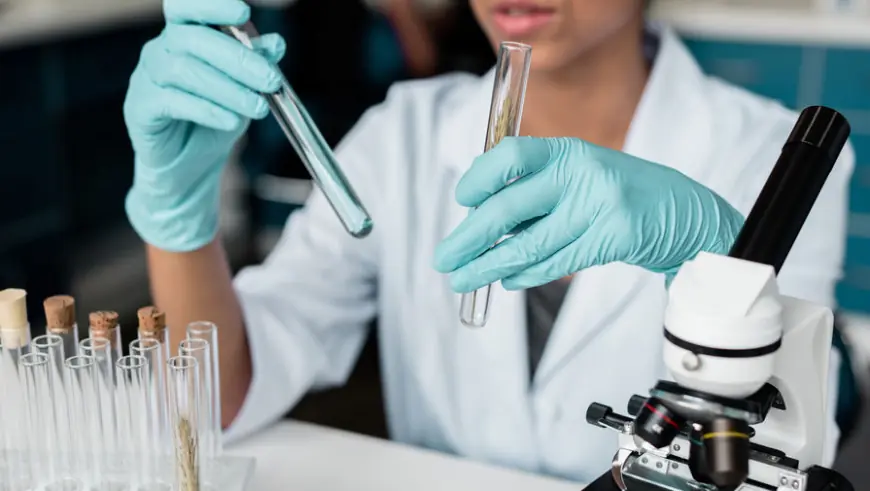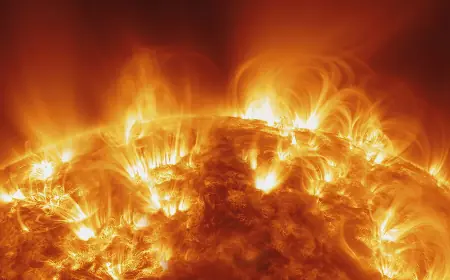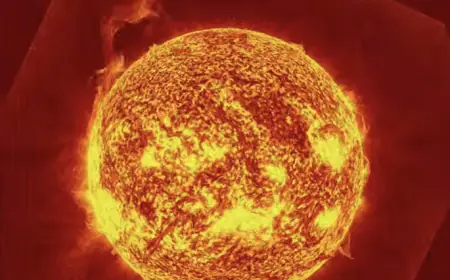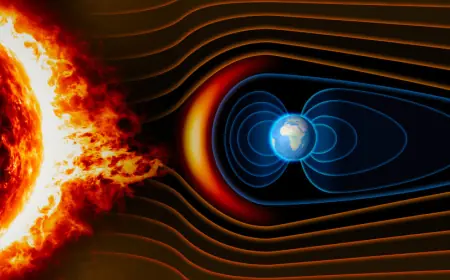Scientists Created Crystals That Violate the Laws of Physics for the First Time

Physicists from Germany and the USA studied unusual crystals composed of rotating particles. These structures can spontaneously break apart and reassemble, and their properties violate conventional laws of elasticity. The work was published in the journal Proceedings of the National Academy of Sciences (PNAS).
Scientists found that such crystals do not behave like ordinary solids: they exhibit so-called "anomalous elasticity." While ordinary materials stretch when pulled, these crystals do not deform but start to twist.
“A system of many rotating elements exhibits completely new, nonlinear behavior,” explained Professor Hartmut Löwen from Heinrich Heine University Düsseldorf. “At high concentrations, such objects form a solid body with ‘unusual’ material properties.”
Researchers called these structures “crystals with transverse interactions.” Under strong friction, their particles begin to rotate and push each other perpendicular to the line connecting their centers, leading to the crystal breaking into small rotating fragments. However, after disintegration, the crystal can reassemble itself.
Calculations showed that large crystals break down into smaller ones over time, while smaller crystals grow until they reach a critical size. This is contrary to normal thermodynamics, where crystals tend to grow larger.
“We discovered a fundamental property of nature: there is a strict relationship between the rotation speed of particles and the critical size of the fragments,” said the lead researcher, Professor Zhi-Feng Huang from Wayne State University.


























